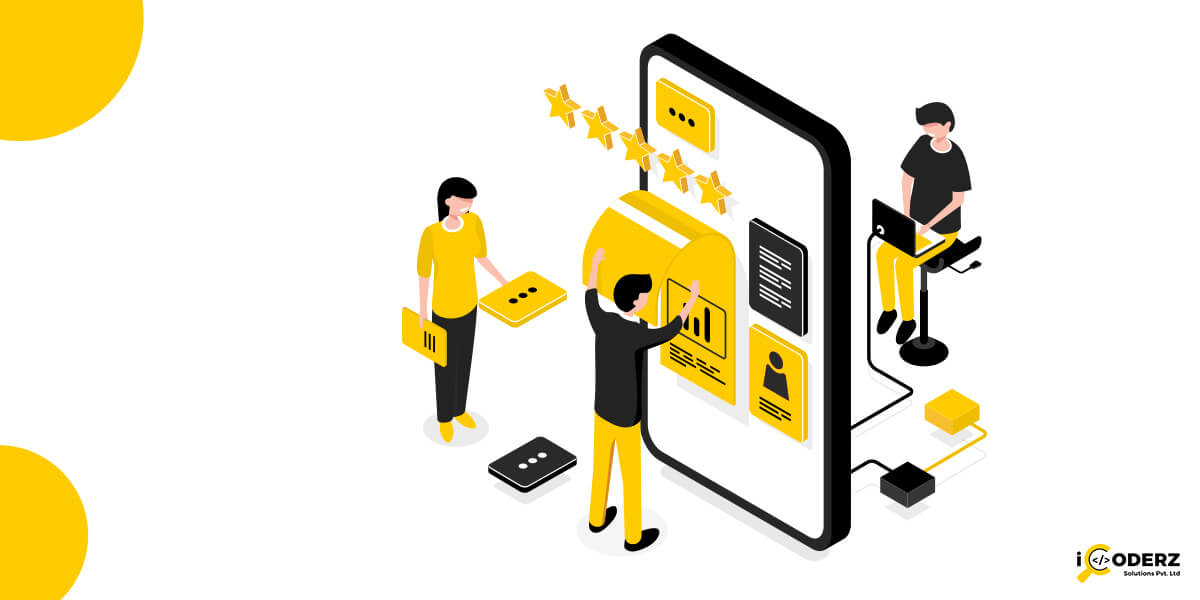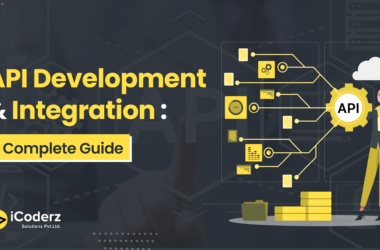In this era of pandemics, online grocery delivery has become more convenient and popular. For such online delivery apps, the speed of delivery is regarded as the USP for top similar apps like Zepto.
The 10 min Grocery Delivery Business like Zepto was founded by 19 years olds Kaivalya Vohra and Aadit Palicha. Both of these talented youngsters of GenZ were dropouts from Stanford University where they were pursuing science degree courses.
After dropping out from their University they thought to build a 10 minutes grocery delivery app development, Zepto. Groceries are delivered within 10 minutes at your doorstep through micro warehouses as well as a chain of dark stores via Zepto.
How to Develop a 10-Minute Grocery Delivery App Similar to Zepto
Check out this comprehensive tutorial for crafting your own 10-minute grocery delivery app like Zepto.
1. Market Research and Conceptualization
- Start thorough market research to understand the demand for such a service in your target area.
- Identify your target audience, study competitors like Zepto, and gather insights into their strengths and weaknesses.
- Define your unique value proposition and conceptualize the core features of your app.
2. Define Features and Functionality
Outline your app’s features and functionality based on your research and conceptualization. Key features of a 10-minute grocery delivery app may include:
- User registration and profile management
- Browsing/searching for products
- Shopping cart and checkout
- Real-time order tracking
- Multiple payment options
- Integration with a delivery management system
- Push notifications
- Customer support
3. Choose the Right Technology Stack
Selecting the appropriate technology stack is crucial for the performance and scalability of your app. Consider factors such as platform (iOS, Android, or both), backend infrastructure, database management system, and programming languages. Popular choices for app development include React Native or Flutter for cross-platform development and Node.js or Django for the backend.
ALSO READ: How Much Does It Cost To Build a Grocery Delivery App
4. Design User Interface and Experience (UI/UX)
Design an intuitive and visually attractive user interface that facilitates seamless navigation and enhances user experience. Pay attention to layout, color scheme, typography, and iconography. Prioritize simplicity and clarity in design to ensure users can discover and purchase the products they need.
5. Develop Backend Infrastructure
Build a robust backend infrastructure to handle user authentication, product catalog management, order processing, payment integration, and communication with delivery partners. Implement features such as cloud hosting, database management, API development, and security measures (e.g., encryption, secure authentication) to ensure the reliability and security of your app.
6. Implement Frontend Development
Develop the frontend components of your app, including user registration/login screens, product browsing/searching interfaces, shopping cart functionality, and order tracking features. Leverage frameworks and libraries to streamline development and optimize performance across devices and screen sizes.
7. Integrate Payment Gateway and Third-Party Services
Integrate a safe and reliable payment gateway to facilitate seamless transactions within your app. Ensure support for multiple payment methods, such as credit/debit cards, digital wallets, and UPI. Additionally, integrates with third-party services for functionalities such as geolocation, address verification, and real-time tracking of delivery partners.
8. Conduct Testing and Quality Assurance
Thoroughly test your app across various devices, platforms, and network conditions to identify and address any bugs, glitches, or performance issues. Perform functional, usability, compatibility, and security testing to ensure your app’s overall quality and reliability. Solicit feedback from beta testers and iterate on your app based on their suggestions.
9. Launch and Marketing
Once testing is complete and any necessary refinements have been made, prepare for the official launch of your app. Develop a complete marketing plan to promote your app and attract users. Utilize a combination of digital marketing channels, such as social media marketing, email marketing, search engine optimization (SEO), and app store optimization (ASO), to increase visibility and drive downloads.
10. Monitor Performance and Gather Feedback
After the launch, closely monitor your app’s performance, including user engagement, retention, conversion, and customer satisfaction metrics. Study user feedback and behavior to identify areas for perfection and future enhancements. Continuously iterate on your app based on user insights and market trends to stay competitive and meet evolving customer needs.
By following these steps and putting in the necessary effort and resources, you can make a successful Top Grocery Delivery Apps that offers convenience and efficiency to users while tapping into a growing market segment.
How is the Zepto Grocery Delivery Business Model made?
Dark stores have always been common in Indian content although the model is yet to be explored fully. Presently most of the delivery platforms have expanded to dark store grocery delivery since it’s more reliable.
A dark store is regarded as a small warehouse which is near a neighborhood. The consumers are not permitted to enter the area directly, they are only allowed to order the stuff online for their home delivery.
Zepto has entered the zone of potential competition along with a few biggest delivery companies who are vying for some sort of action.
Some of the top similar Grocery Delivery Business like zepto such as Swiggy, Grover, Dunzo promise the customers to deliver the groceries within 15-30 minutes. Now Zepto has stepped into this competition where it promises to deliver groceries within 10 minutes.
How is Zepto different from other delivery apps?
The founder of Zepto, Palicha, claims that the network of their app is far better optimized with the help of geospatial data as well as location intelligence. It includes different factors such as traffic dynamics, geography, weather, road patterns, demography, real estate prices as well as last-mile supply.
The popular 10 min grocery delivery Business like Zepto’s cold rooms, as well as dark stores, have been designed in a custom manner for meeting the requirements for easy navigation which would allow packers to move rapidly for packing the items in a particular order.
Tablets are used by the packers for knowing the place where each item is kept and to get an optimal route for picking them up. The deadline of this app is 10-minute deliveries but the time of the actual delivery might vary from one customer to another.
Moreover, a custom ETA is given to each customer, that’s one of the ways the company manages to keep their customers satisfied by knowing about their requirements. Accordingly, meeting the delivery time.
Most of the orders are fulfilled within 10 minutes. Very rarely one per cent of orders might take more than 10 minutes for delivery.
How Does Zepto Function?
One of the other essential factors is having a huge amount of delivery riders ready.
Contractors or gig worker partners are used by the company just like Zomato or Swiggy for deliveries.
The riders are allocated based on the orders which are based on data trends and predictive analysis. The AI-powered tools of the company help in keeping inventory levels at the highest level by allocating drivers properly.
According to the founder, the demand curve of the app is more or less flat the entire day for orders. There are barely any peaks or troughs like in food delivery for seeing a rush during the typical time for having breakfast, lunch, or dinner.
This helps the company to not only allocate riders but also track patterns. The company constitutes operations planning processes as well as extensive sales for forecasting the hour where the demand is often high and that’s how to further planning is executed.
Conclusion
Currently, Mumbai has been recognized as one of the largest cities in terms of both customer base as well as revenue distribution for starting the grocery startup.
This explains the quick expansion of dark stores in such metropolitan cities. With the help of such dark stores, the delivery companies would be able to keep a check on the inventory but also get in-depth insights about the different categories of products along with the individual brands which are preferred most by the consumers.
Such practices are adopted by Zepto for speculating the demand and needs of both consumers and individual brands.









